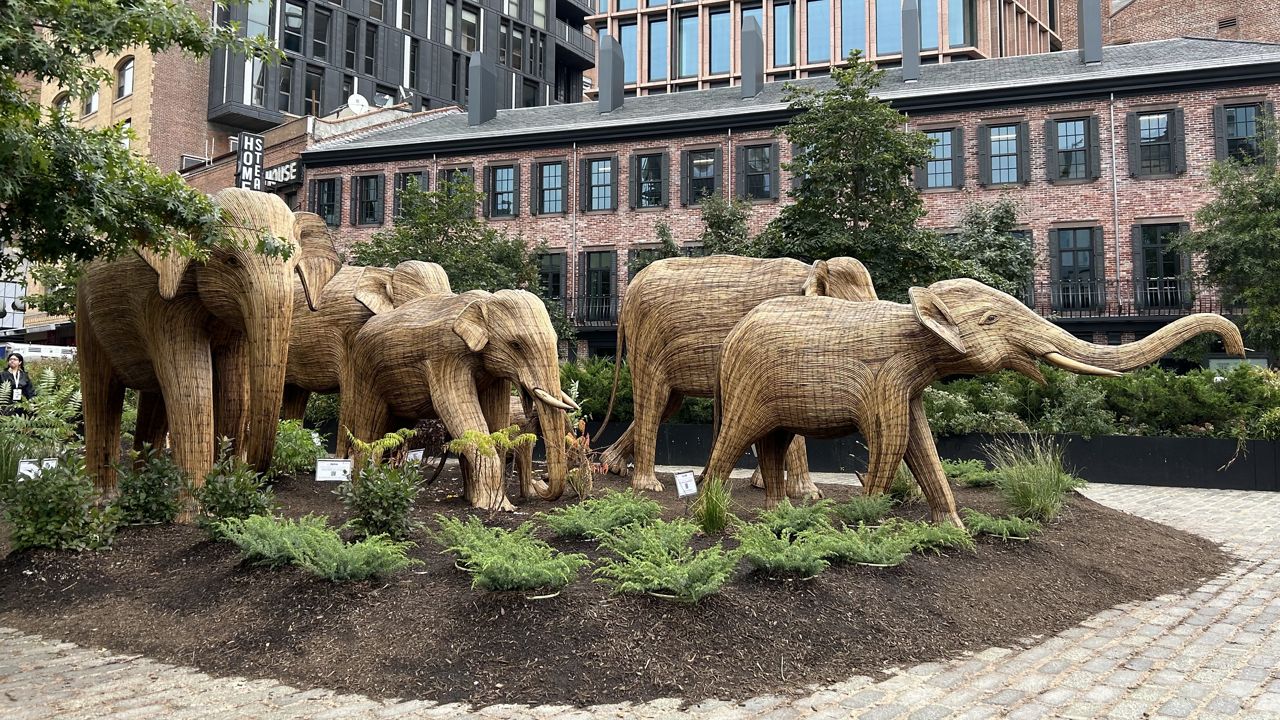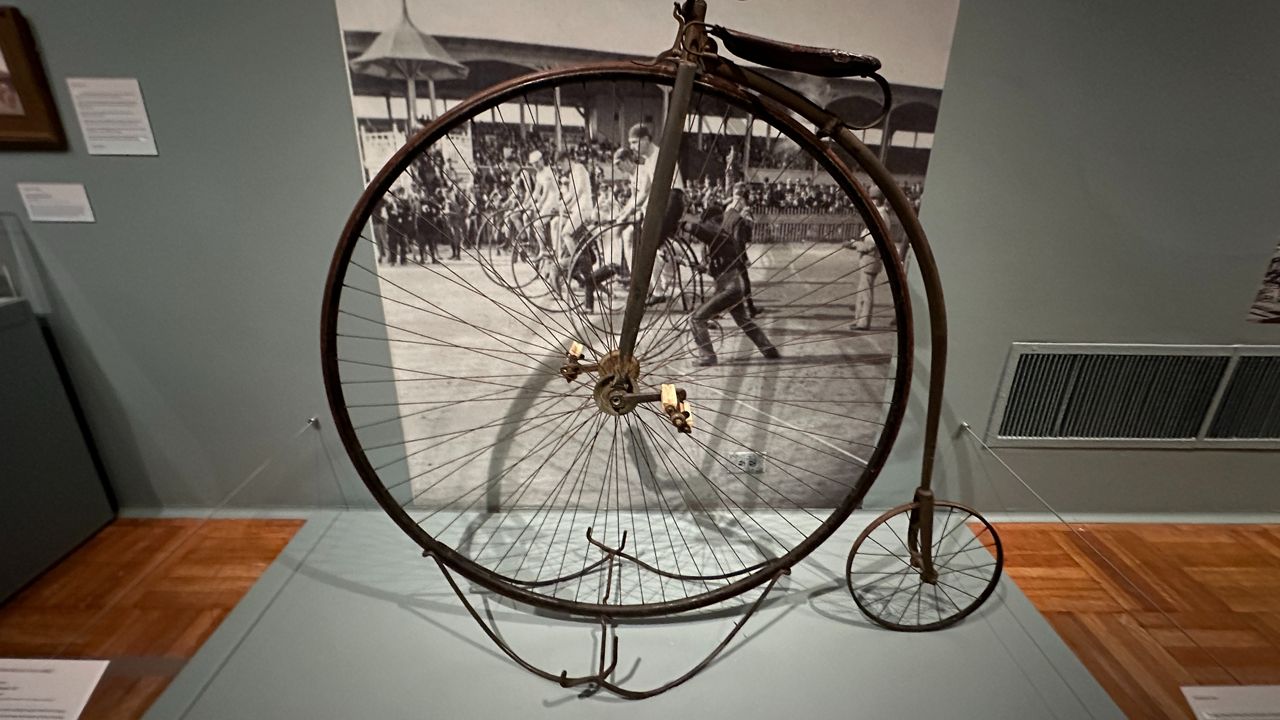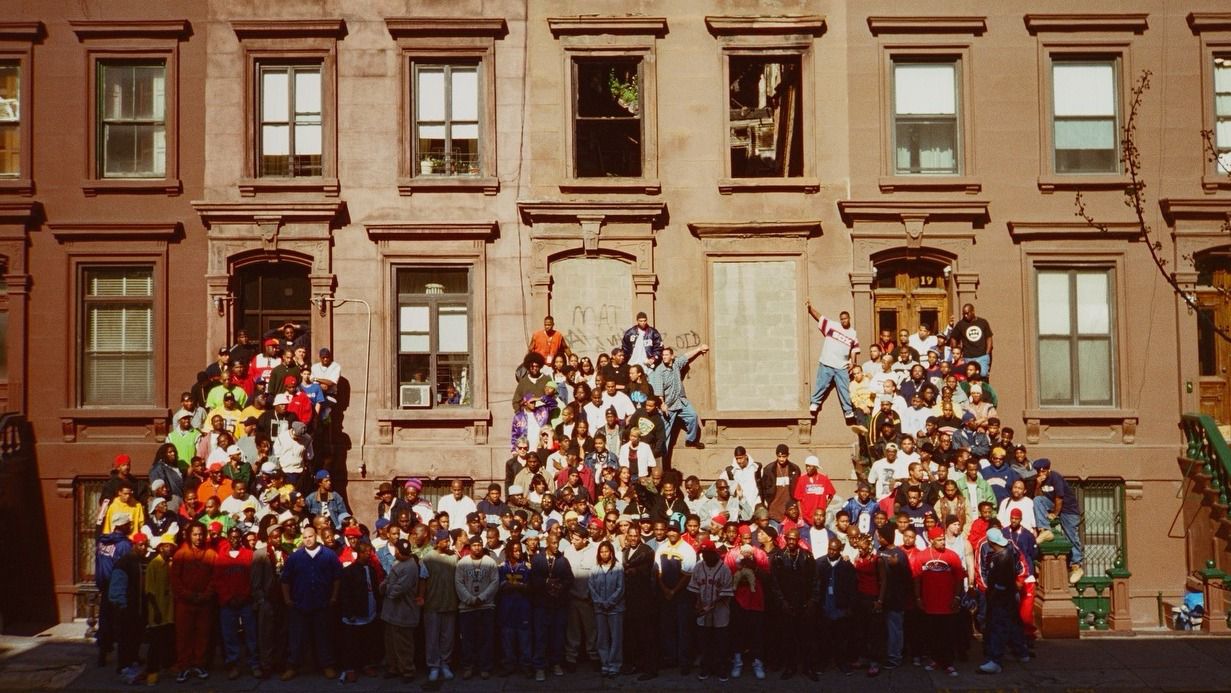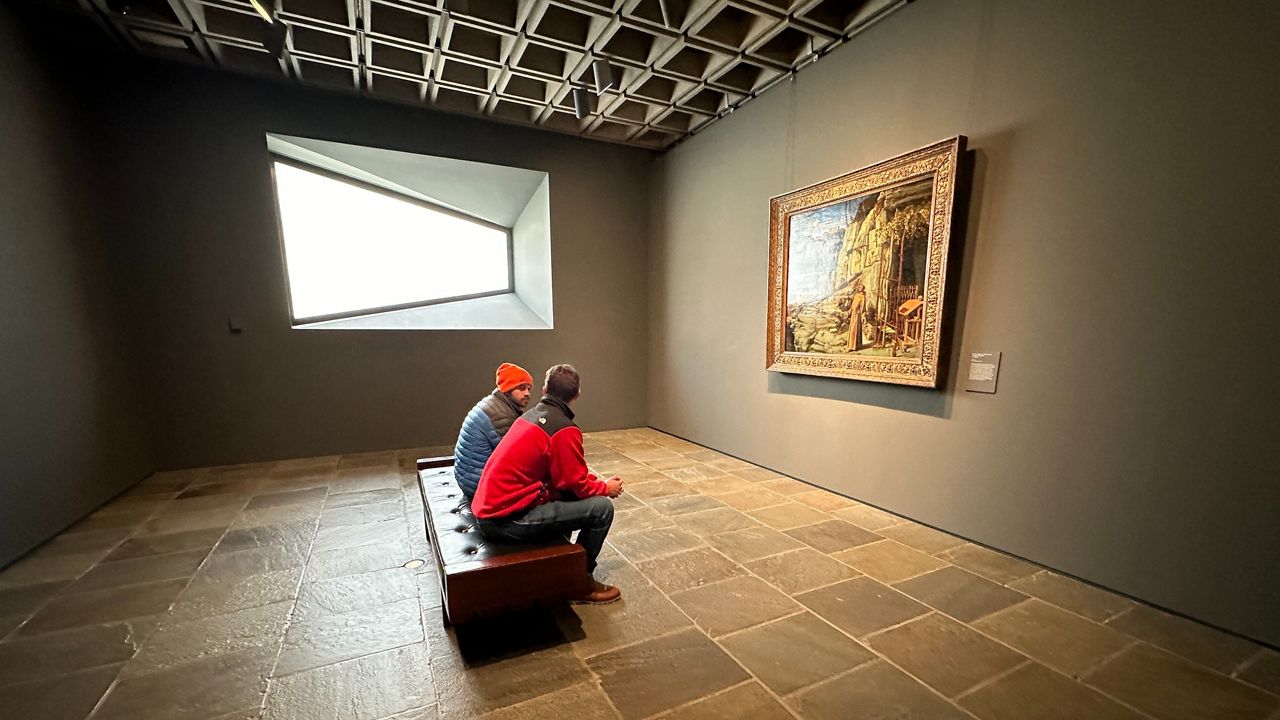It’s a sculpture called "Warrior for the 21st Century," which periodically dances to the sound of a rattle.
It’s the work of Native American artist Jaune Quick-to-See Smith, along with her son, Neal Ambrose-Smith.
The captivating piece of art with sound and movement is one of more than 130 objects in an expansive exhibition of Smith’s work called "Memory Map," at the Whitney Museum of American Art.
Smith, 83, is a citizen of the Confederated Salish and Kootenai Nation in Montana.
Exhibition curator Laura Phipps says Smith knew from an early age she wanted to be an artist.
“Before she ever even understood what that meant, she knew that art and mark making and drawing was a way of communicating, and that is what is really important in her work, that art is a form of communication,” Phipps said.
Smith uses her artworks as a way of teaching the public about Native American culture, history and issues they face, including land, racism and cultural preservation.
Phipps spent four years working with Smith on the exhibition, building a relationship with the artist along the way.
“We traveled together to the Pacific Northwest, places that were important to her. We spent time in her studio in New Mexico, time with her family,” she said.
The exhibition brings together nearly five decades of Smith’s work, from The Whitney’s collection, other art museums and personal collections.
While visiting to see Smith’s work, you can also catch New York-based artist Josh Kline’s immersive installations, with video and sculpture.
It’s called "Project for a New American Century," discussing key issues like how emerging technologies are changing people’s lives every day, plus work that addresses climate change.
Both are on view at the Whitney through Aug. 13.







